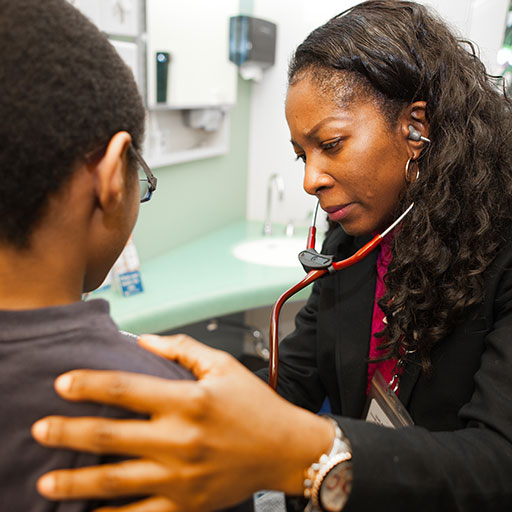The majority of patients come from Arizona, surrounding states and the Midwest. We see a strong mix of both screening and diagnostic patients each day.
In general, our patient population is an older population, often with a history of current or prior malignancy, making our fellows proficient at handling complex decisions. Often, patients are referred to Mayo Clinic for evaluation by renowned experts, bringing complex cases from outside institutions to higher levels of care.
Ethnic diversity among patients is widely abundant, and underserved populations are encountered at Mayo facilities.
The intent of our breast imaging fellowship is to produce proficient and competent radiologists. Fellows are directly responsible for their patients, and there is ownership and accountability in caring for each patient.
Our program relies on a team-based model to achieve these goals. On rotations, teams consist of fellows, residents, attending radiologists, technologists, and nurses who together are responsible for providing the utmost care to our patients.
As the fellowship is only one year, we work hard to develop the skills of our fellows so that they can be confident independent breast radiologists. Fellows will perform biopsies from day one and will continue this throughout the year.
Fellows are also expected to quickly learn to manage the complexities of a diagnostic imaging day and often find themselves able to run the service efficiently by mid year, using the latter half of the year to refine those skills.
Our fellowship program is designed to provide fellows a solid education in breast imaging that prepares them to thrive in both academic or private practice settings. Fortunately, these academic rigors still afford fellows and their families the opportunity to enjoy activities outside of the workplace afforded by the large Phoenix metropolitan area. Phoenix currently ranks as the fifth-largest city in the U.S., with 4.3 million people in the greater Phoenix area.
The city offers all of the cultural opportunities of a larger U.S. city, including access to professional sporting events, theater, arts, and various leisure activities such as shopping, golf, and fine dining.
Many of our fellows have spouses, significant others, or children, and the program provides enough flexibility to allow them to learn while still enjoying their families. We are a medium-sized radiology department. Fellows and residents often find themselves more than just colleagues — they are close friends, frequently interacting outside the work environment and reporting overall satisfaction with the work-life balance.
The dress code at Mayo Clinic emphasizes maintaining a professional appearance.
In the past, this has been synonymous with suits and ties for men and suits or dresses with hosiery for women. The dress code no longer has the stringent limitations that one may think.
Fellows wear scrubs on appropriate inpatient services, and they wear a white coat instead of a suit jacket in many settings. For women, the requirement for nylons has been dropped, as long as the standard of a professional appearance is maintained.






